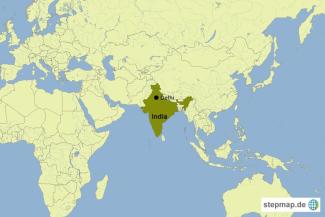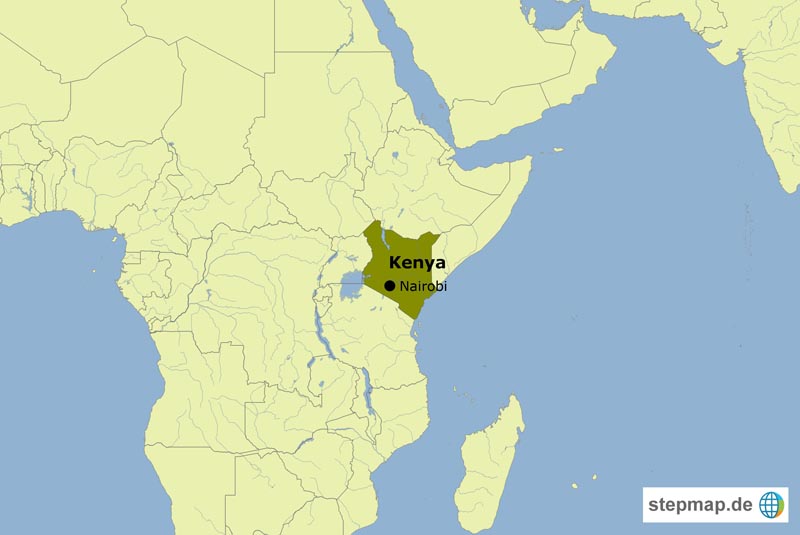Gender
“Public health crisis”

Funded by the Bill and Melinda Gates Foundation and agencies of India’s central government, a group of scholars assessed the development of suicide rates from 1990 to 2016 (India state-level disease burden initiative suicide collaborators, 2018). They found that the suicide rate for men had stayed almost stable, rising marginally from 18.6 suicides per 100,000 persons in 1990 to 19.9 per 100,000 in 2016. The suicide rate for women, by contrast, had gone down from 19.4 in 1990 to 14.9 in 2016. Nonetheless, it was still unusually high. The global rates are seven per 100,000 for women and 15 per 100,000 for men.
According to the essay in The Lancet, the reasons why so many women kill themselves need to be further investigated. It notes that married women account for the highest proportion and that relevant issues include “arranged and early marriage, young motherhood, low social status, domestic violence and economic dependence.” The researchers found that the data varied strongly from region to region. The higher the level of development was, the higher the suicide rate tended to be. For example, women were 10 times more likely to kill themselves in the comparatively prosperous South Indian state of Tamil Nadu than in the comparatively poor north-eastern state of Mizoram.
“Young adults are taking their own lives in alarmingly high numbers, constituting a public health crisis,” the essay in The Lancet points out. “Suicide ranks first as the cause of death in India in both the age groups of 15 to 29 years and 15 to 39 years, as compared with its 2nd and 3rd rank globally in these age groups.”
The authors appreciate that the national mental-health policy that was launched in 2014 explicitly aims to rise up to the suicide challenge. They add, however, that “the implementation of the mental-health programme leaves much to be desired”. One target of the sustainable development goals of the UN is to reduce suicide deaths by one third from 2015 to 2030. “With the majority of the states with more than 80 % of Indias population having less than 10 % probability of reaching the SDG target”, the scholars point out that Indian projections look “dismal”. (dem)
Link
India state-level disease burden initiative suicide collaborators, 2018: Gender differentials and state variastions in suicide deaths in India (in The Lancet).













